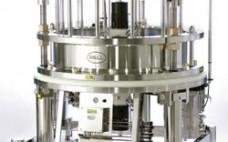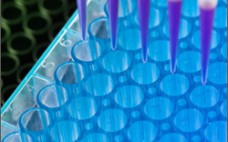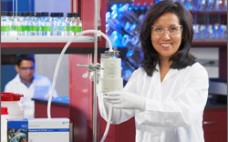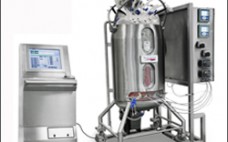As upstream processing becomes more optimized, it increases the amount of impurity and contaminants to be removed from large volumes of feedstock. With this added pressure on downstream processing, there is a pressing need for more efficient chromatography operations.
In this paper, the authors describe how they characterized differentiated selectivity of Q and S HyperCel ion-exchange sorbents. They evaluated the dynamic binding capacity in various pH, conductivity, and residence time conditions; carried out a separation of a model mixture to further characterize the sorbents’ specific selectivity; and report on a real case application in which one was used in a capture step for purification of a recombinant protein from an E. coli lysate.




